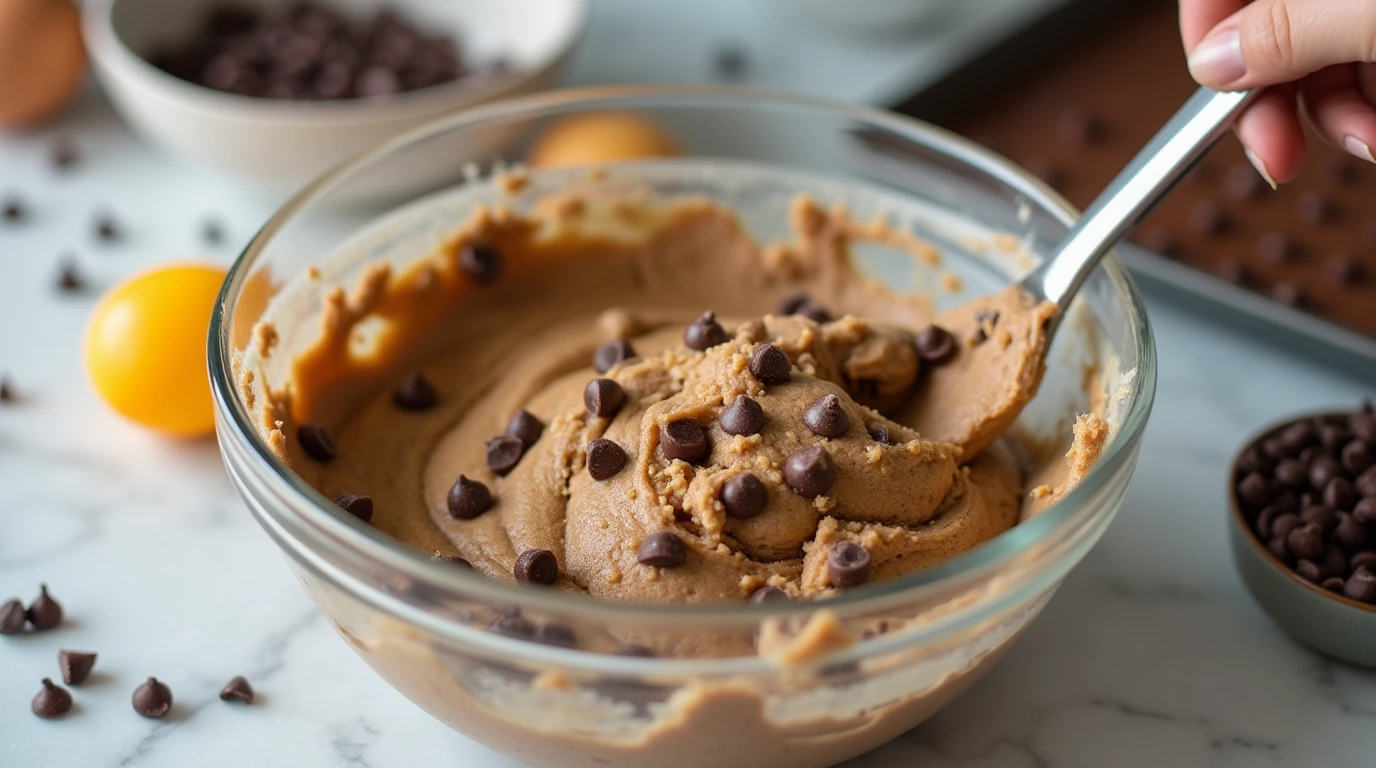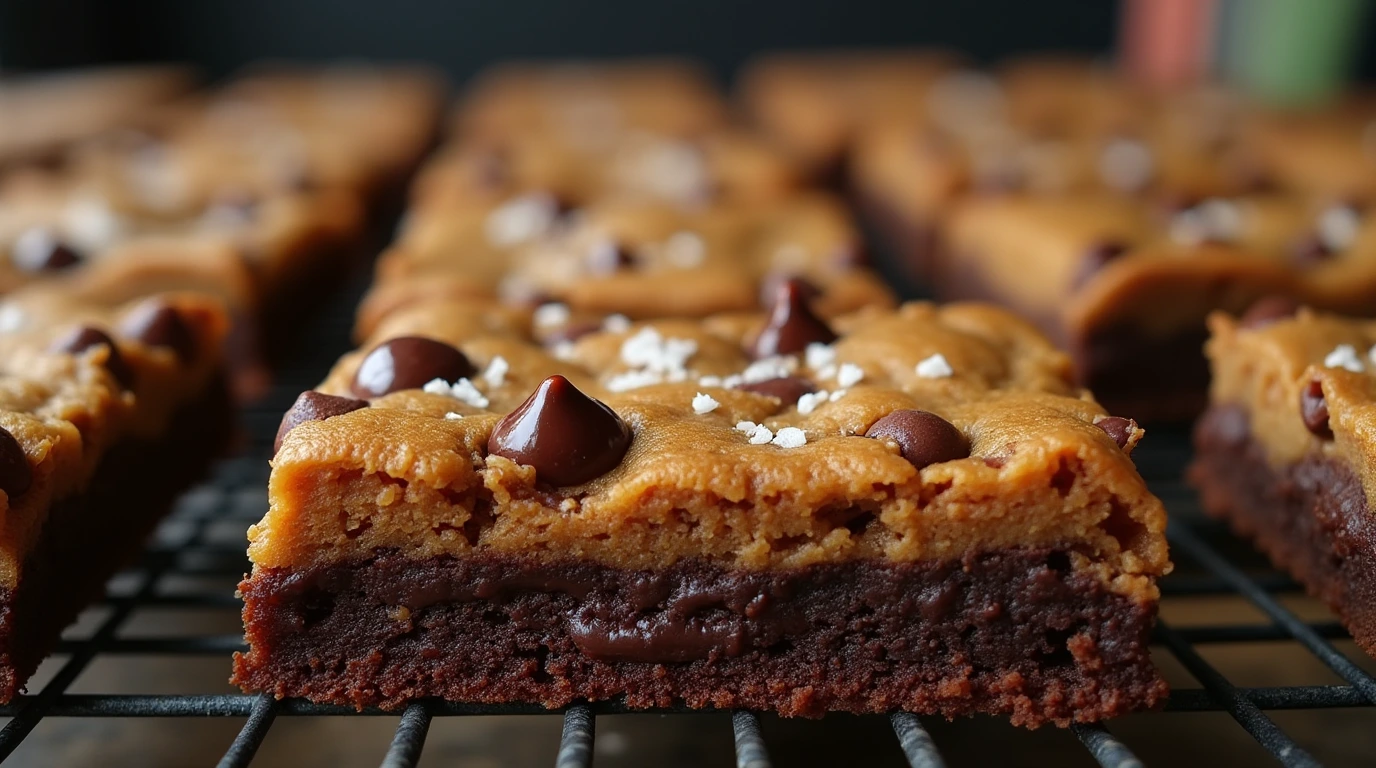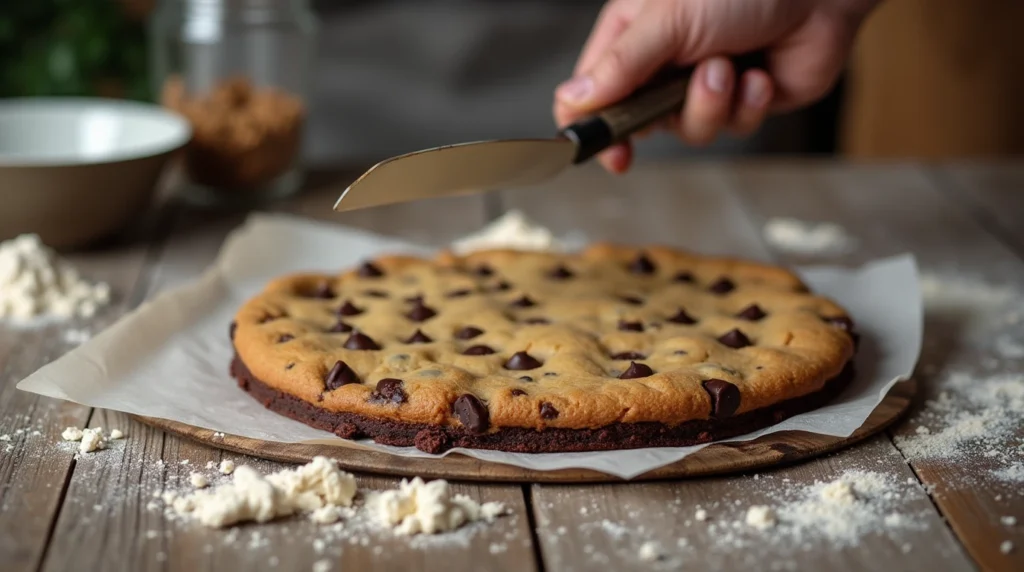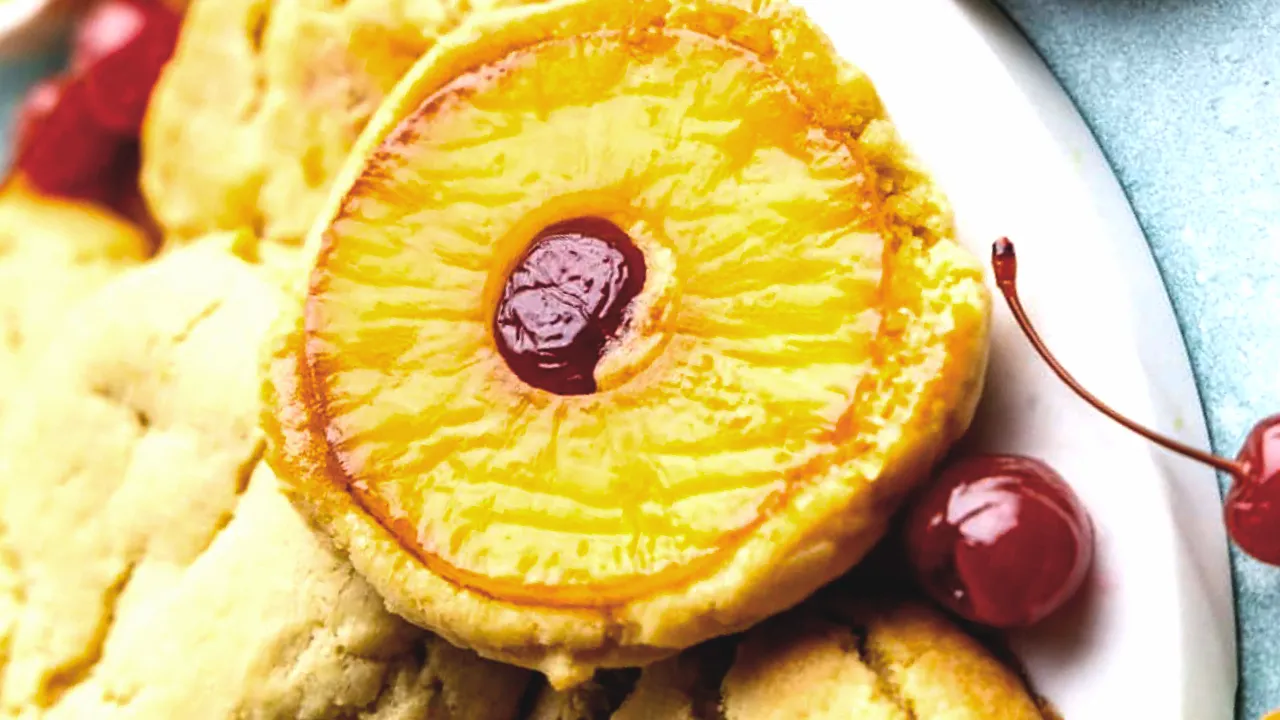Brookies, the delightful fusion of brownies and cookies, have become a favorite treat for many. But nothing dampens the joy of baking them quite like discovering they’ve turned out flat. If you’ve been asking yourself, “Why are my brookies flat?”, you’re not alone. Flat brookies can result from various baking mistakes, but the good news is that most are easy to fix with a few adjustments to your techniques and ingredients.
Common Causes of Flat Brookies
To tackle this issue, it’s important to understand the reasons behind flat brookies. Below are the most common culprits:
1. How Butter Temperature Affects Brookies and Leads to Flat Results
Using butter that’s too soft or melted can lead to brookies spreading excessively in the oven. The butter’s temperature plays a vital role in how much the dough holds its shape during baking. Melted butter, while easier to mix, can create a dough that lacks structure.
👉 Pro Tip: Use room-temperature butter, which should feel slightly cool to the touch but still pliable. For more insights, check out Baking How’s guide to fixing flat cookies.
2. Insufficient Chilling of Dough
Skipping the step of chilling the dough is a common mistake that causes brookies to flatten. Cold dough is firmer and less likely to spread when exposed to the oven’s heat. Chilling allows the fats in the dough to solidify, which helps brookies maintain their shape.
3. Why Measuring Ingredients Properly Prevents Flat Brookies
Baking is a science, and imprecise measurements can throw off the balance of ingredients. For instance:
- Too little flour results in a loose, sticky dough.
- Excessive sugar increases spread as sugar melts during baking.
👉 Using a kitchen scale can ensure accurate measurements. Need more tips? Explore Taste of Home’s troubleshooting guide.
4. Overmixing the Batter
Mixing the dough too much incorporates excess air, which can lead to spreading and flattening. Overmixing also affects the texture, leaving brookies dense and chewy rather than soft and tender.
5. Warm Baking Sheets
Placing dough on a hot or warm baking sheet accelerates the melting of fats, causing brookies to lose their shape before they bake properly. Always use a cool baking sheet for best results.

Solutions to Prevent Flat Brookies
Now that we’ve identified the causes, let’s discuss how to avoid flat brookies.
1. Proper Butter Handling
- Use butter softened to room temperature. If you’re in a hurry, cut butter into small cubes to soften faster instead of microwaving.
- Avoid overly soft or melted butter to maintain dough consistency.
2. Chilling the Dough
Chill your dough for at least 30 minutes before baking. This simple step will improve the texture and help brookies hold their shape in the oven. Refrigerating overnight is even better for flavor development.
3. Accurate Ingredient Measurement
- Use a digital kitchen scale to measure flour, sugar, and other ingredients.
- Scoop flour into your measuring cup and level it with a knife for precision.
4. Avoid Overmixing
Mix ingredients just until combined. Once the wet and dry ingredients are blended, stop mixing to prevent overworking the dough. Overmixing changes the gluten structure, resulting in flat, tough brookies.
5. Cool Baking Sheets
Allow your baking sheets to cool completely between batches. Alternatively, use multiple sheets to rotate them out, ensuring that each batch starts on a cool surface.
Additional Tips for Perfect Brookies
Achieving the perfect brookies requires paying attention to a few additional factors:
1. Selecting the Right Fat
Choose the type of fat based on your desired brookie texture:
- Butter provides flavor but can cause spreading if melted.
- Shortening adds stability but lacks flavor.
2. Room Temperature Ingredients
Use room-temperature eggs and other wet ingredients to ensure even mixing and better consistency.
3. Avoid Greased Baking Sheets
Instead of greasing, line baking sheets with parchment paper. Greased sheets encourage spreading, while parchment helps brookies stay put.
4. Test with a Small Batch
Bake a few brookies first as a test. If they spread too much, tweak the dough by adding a tablespoon of flour or chilling it longer before baking.

Frequently Asked Questions About: Why are my brookies flat?
Q1: How do I fix flat brookies?
If your brookies are already flat, try this: Use a spoon to gently press the edges inward while they’re still warm. This can help shape them better before they cool.
Q2: Can I use melted butter in brookie dough?
Melted butter can cause excessive spreading. Stick to room-temperature butter for better results.
Q3: How long should I chill brookie dough?
Chill for at least 30 minutes. For best results, refrigerate for 1–2 hours or overnight.
Q4: Why does my oven temperature matter?
An incorrect oven temperature can throw off baking times and consistency. Always use an oven thermometer for accuracy.
Q5: Can expired baking soda or powder cause flat brookies?
Yes, old leavening agents lose their effectiveness, leading to flat and dense baked goods. Check expiration dates regularly.
Q6: How does overmixing affect brookies?
Overmixing incorporates too much air, leading to flat brookies and a tougher texture.
By understanding these common causes and following these practical tips, you’ll be on your way to baking brookies that are perfectly soft, chewy, and full of flavor. Experiment with the suggestions above, and soon, flat brookies will be a thing of the past!



